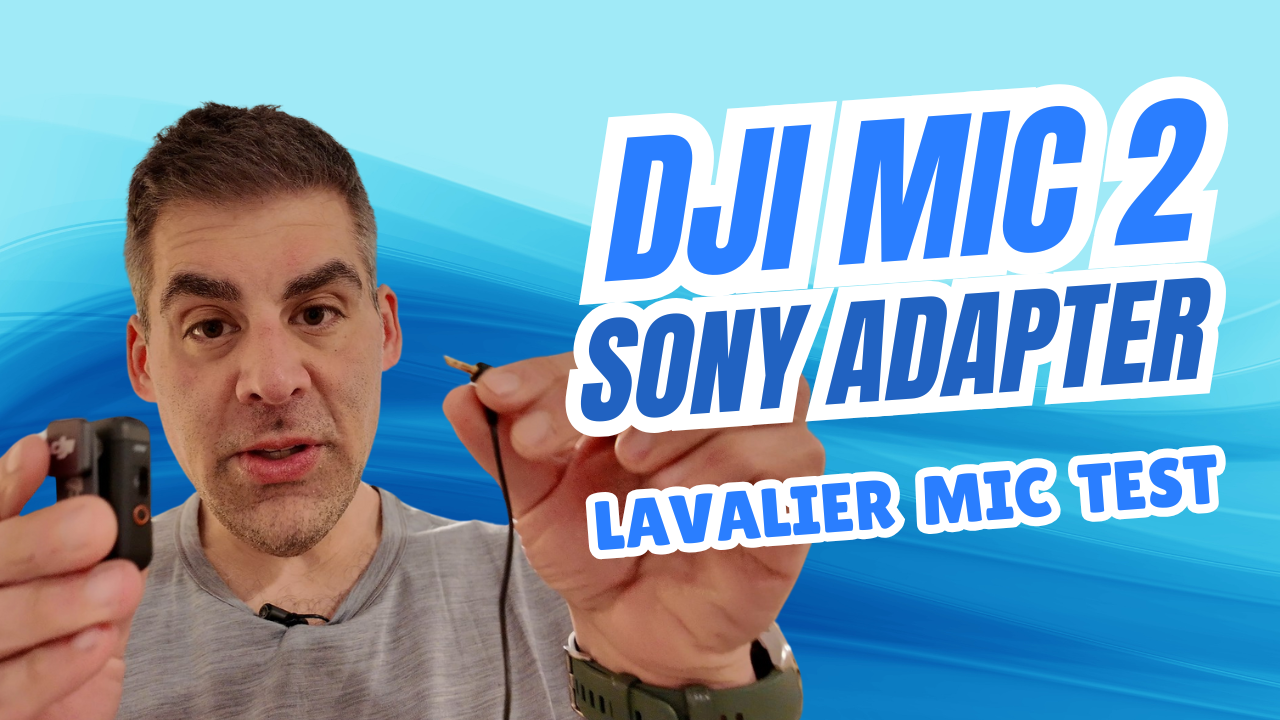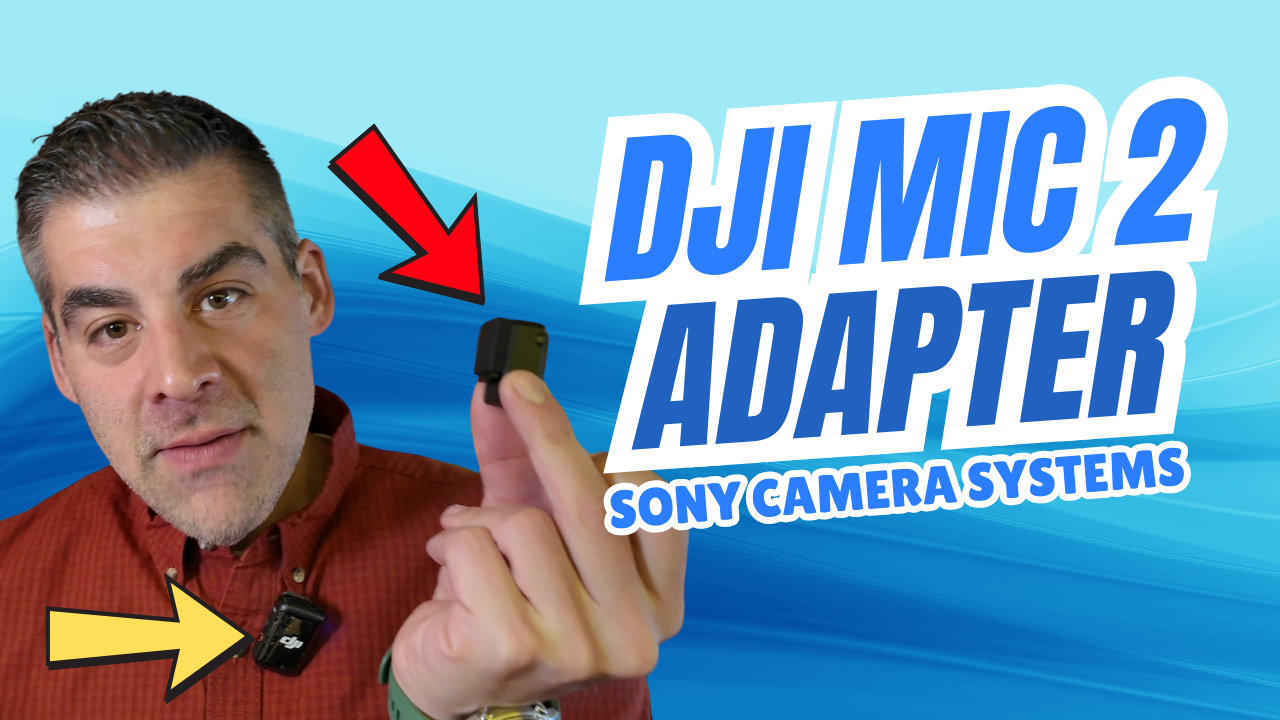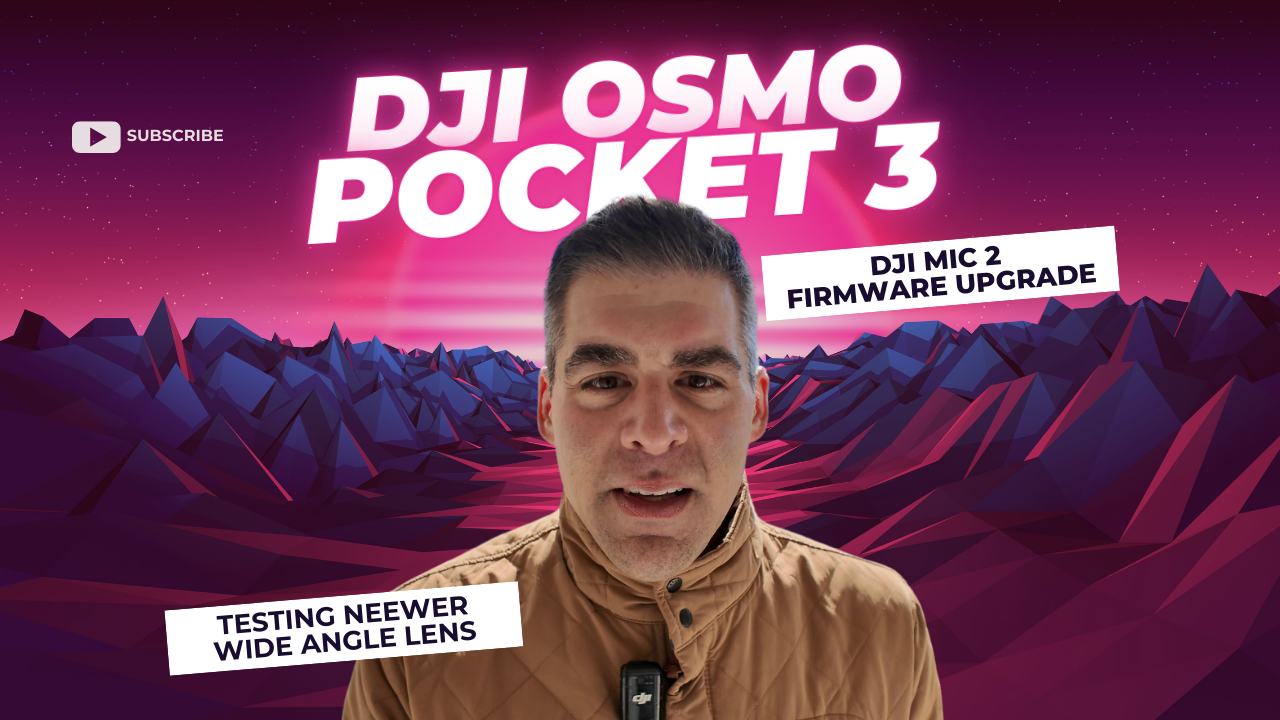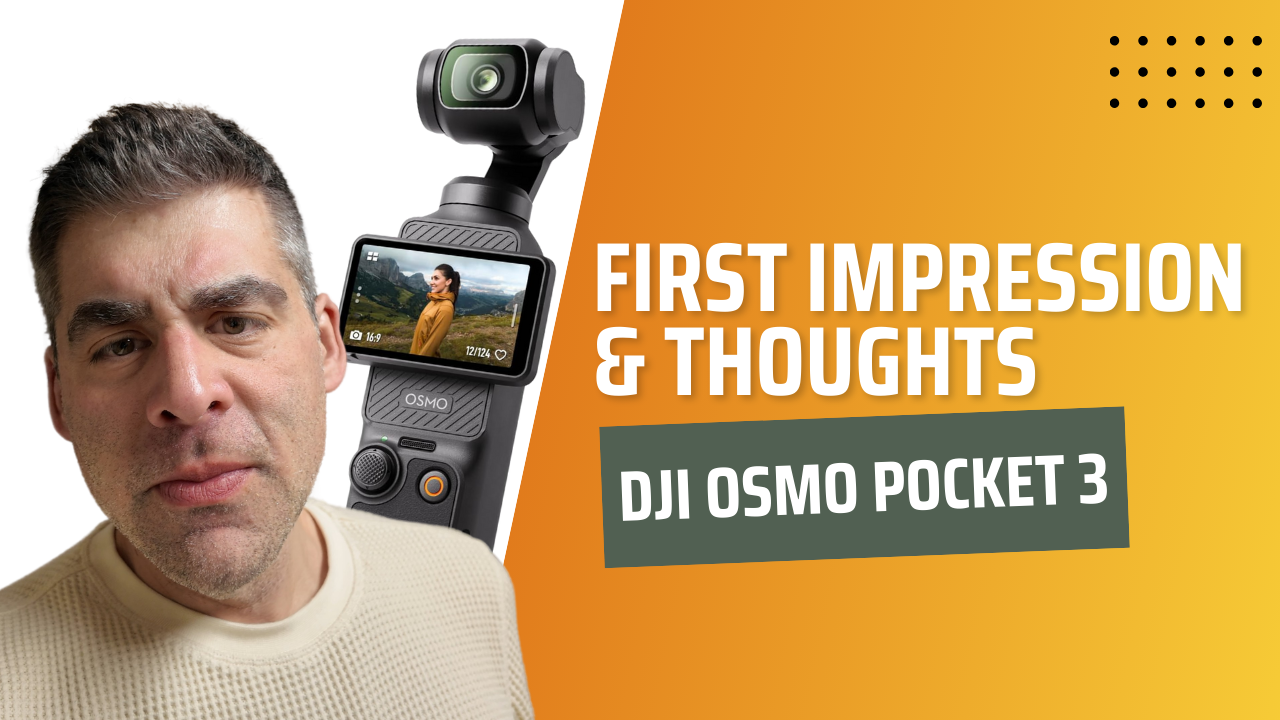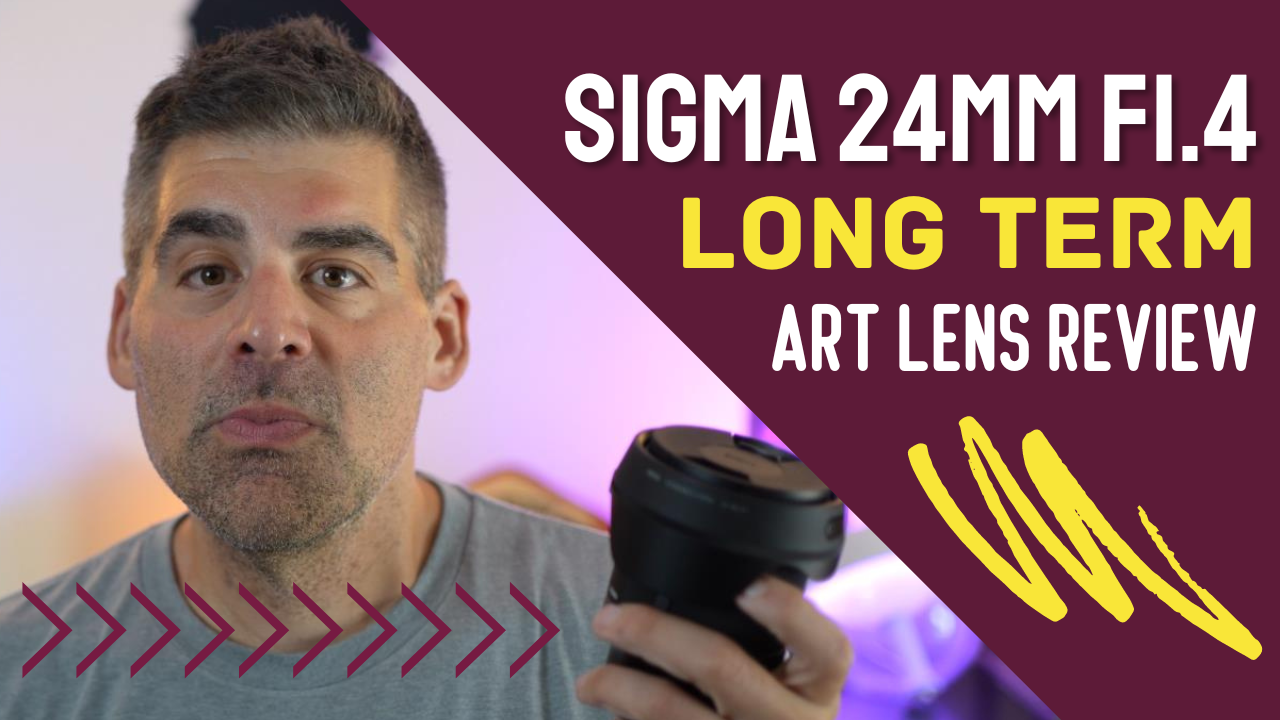In this video, I put three different lavalier microphones to the test with my DJI Mic 2 wireless system! I wanted to see if upgrading from the built-in microphone was worth it, especially in different recording environments.
Here’s a breakdown of the mics I tested:
- DJI Lavalier Microphone ($36): This mic performed consistently well both indoors and outdoors, providing clear and reliable audio.
- Sony Stereo ECMLV1 Lavalier Microphone ($28): The Sony mic delivered fantastic audio quality, particularly in indoor settings, with a rich and detailed sound.
- Weishan 2-Pack Lavalier Microphones ($12 – or $6 each): At just $6 each, these mics offered surprisingly decent audio. They’re a great budget option for those who need multiple mics or are just starting out.
I tested each mic in various conditions, including indoor quiet spaces, outdoor windy environments, and general speaking scenarios. I’ll share my thoughts on the sound quality, ease of use, and overall value of each microphone.
Overall, I found that using a dedicated lavalier microphone significantly improved the audio quality of my DJI Mic 2 system. If you plan on using your DJI Mic 2 for field recordings or in situations where clear audio is crucial, investing in a good lav mic is definitely worth it.



